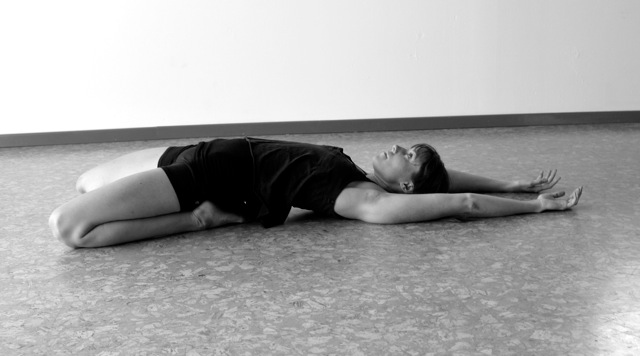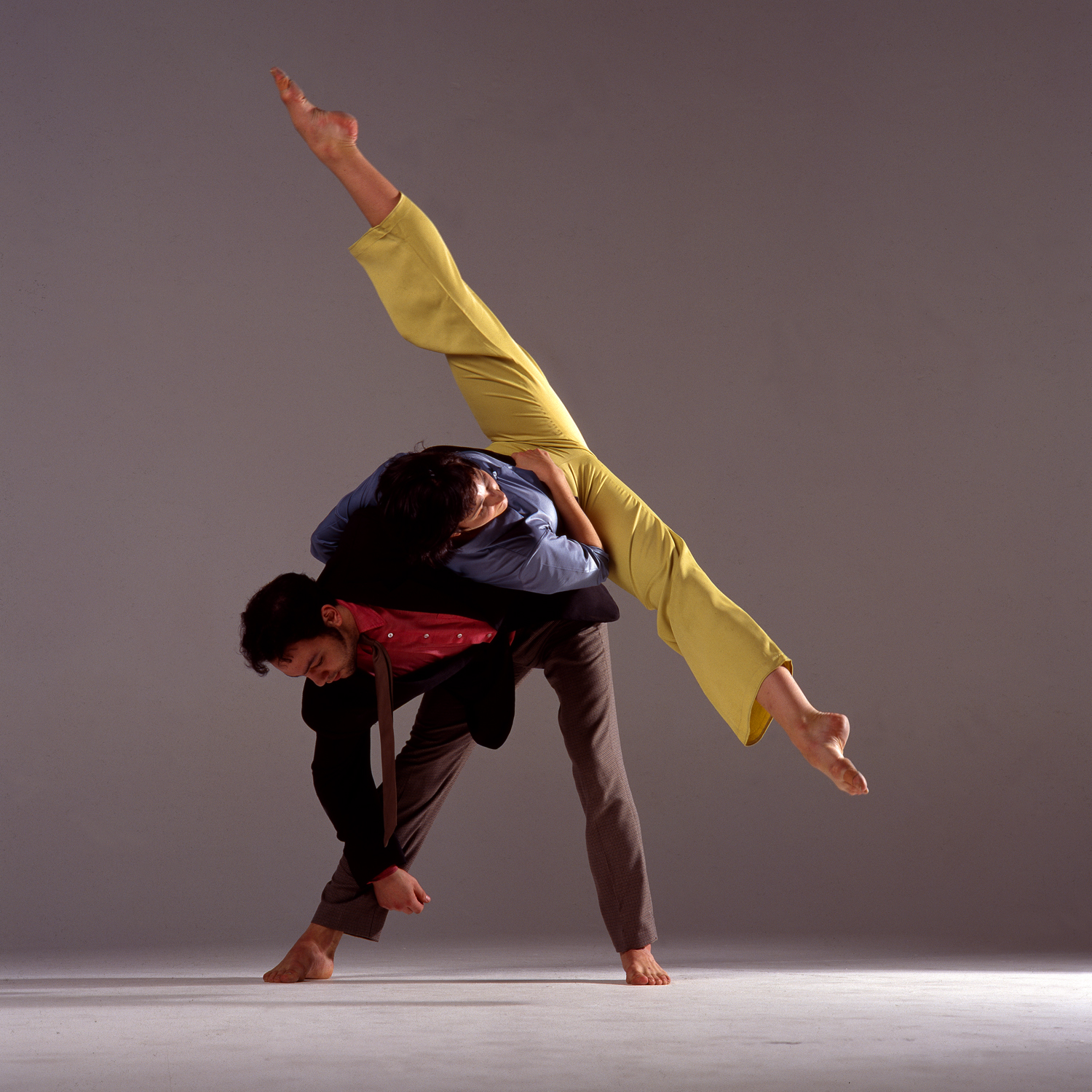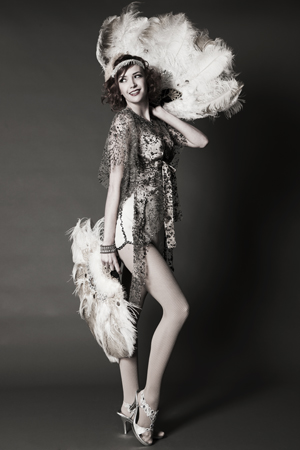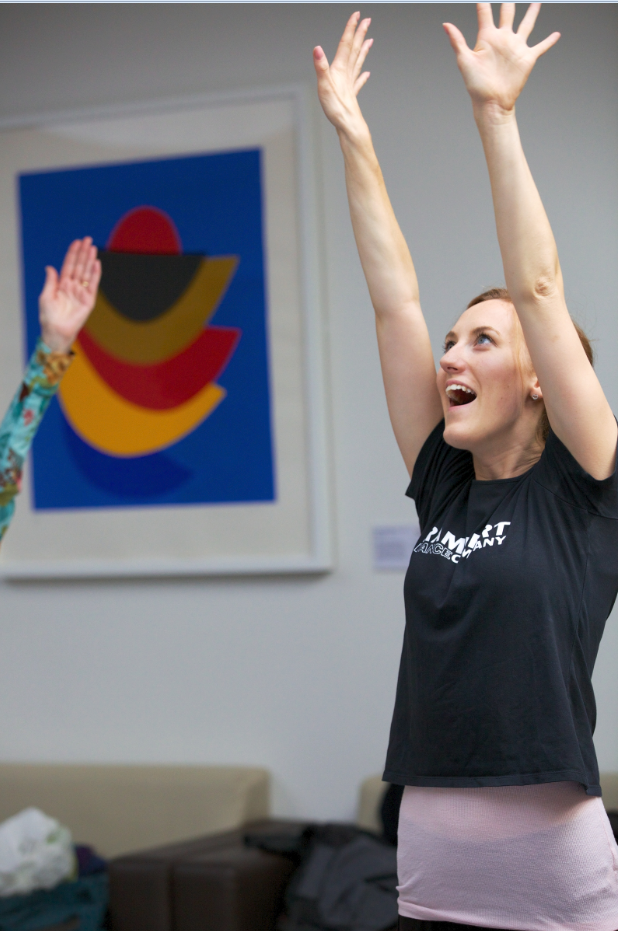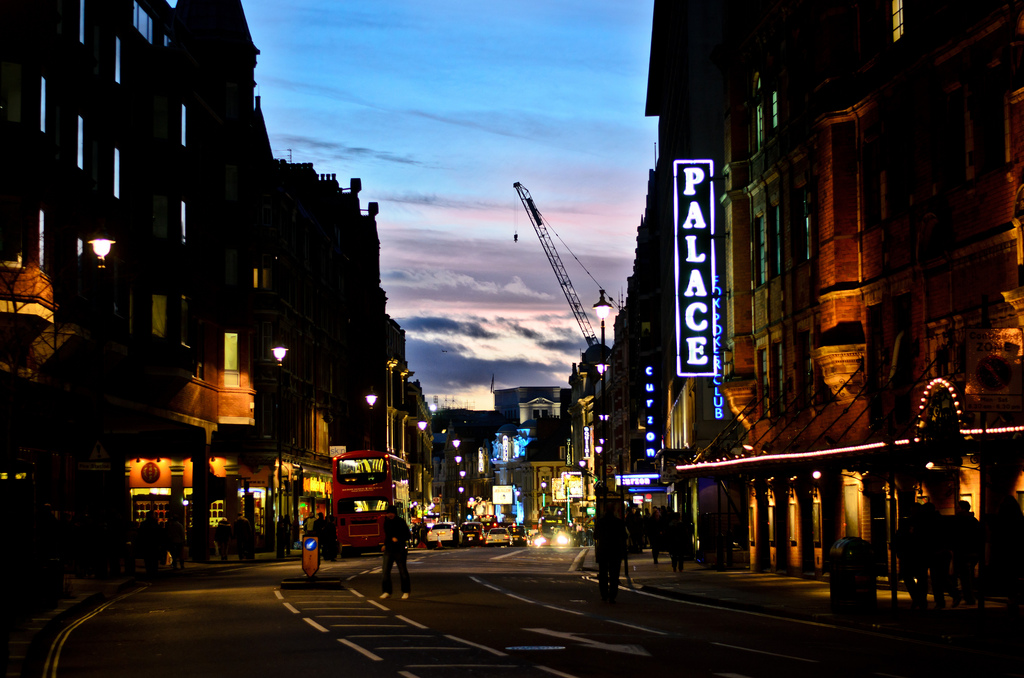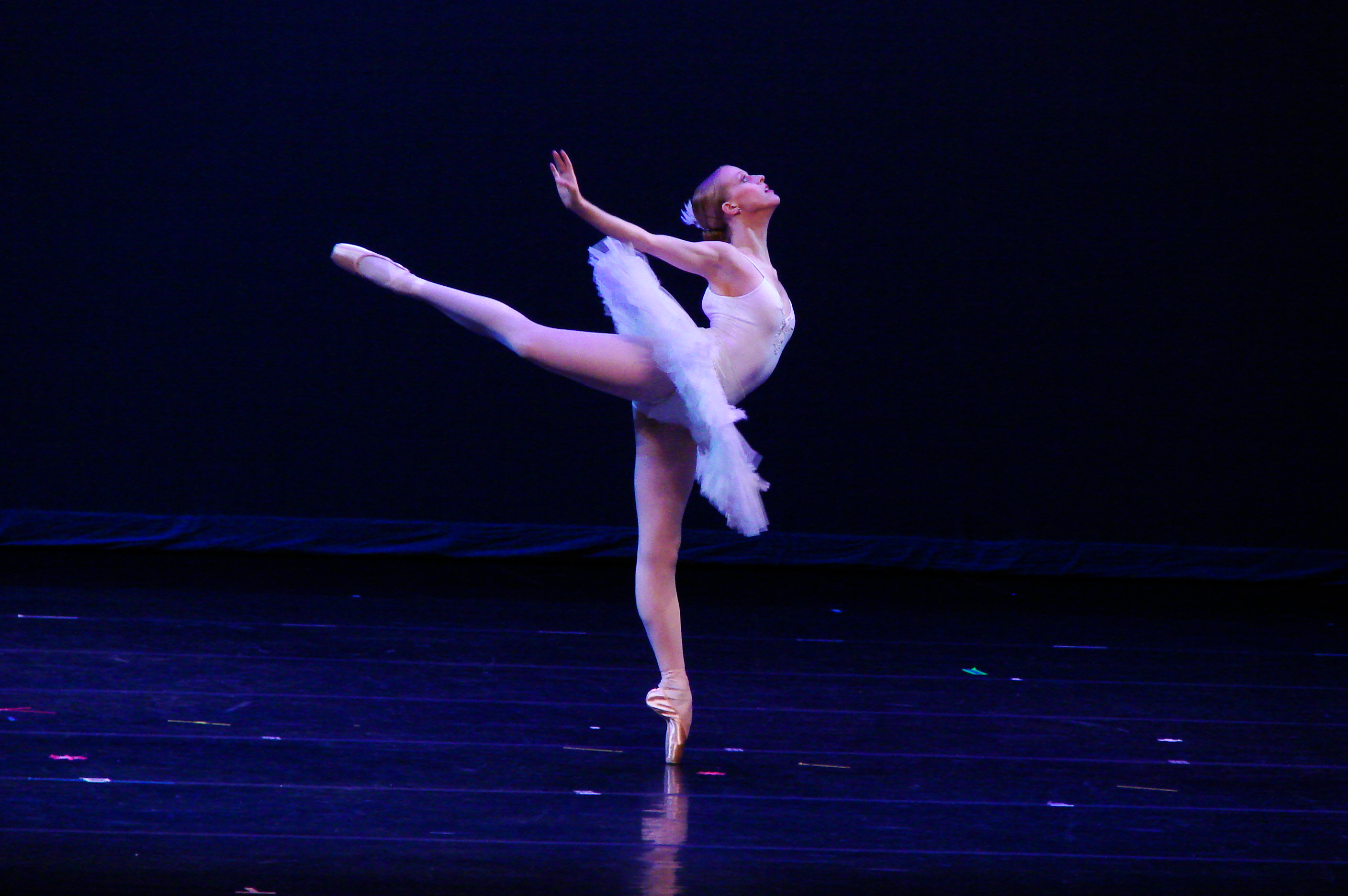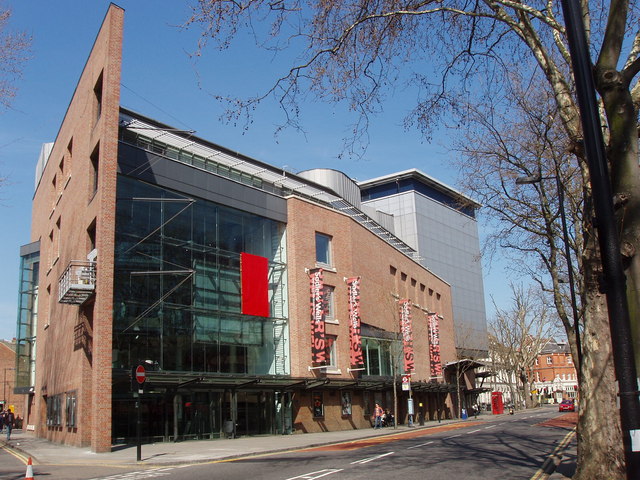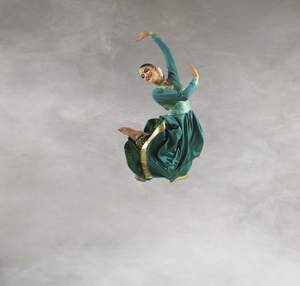 Vidya Patel is a Kathak dancer from Birmingham, learning under the tutelage of her teacher Sujata Banerjee. After graduating from the Centre of Advanced Training Kathak strand at Birmingham’s DanceXchange, Vidya represented the South Asian category in the Grand Finals of BBC Young Dancer 2015 held at Sadler’s Wells. Recently, Vidya performed at the Sadler’s Wells Gala at the Renaissance Hotel, as well as Dance Proms at the Royal Albert Hall.
Vidya Patel is a Kathak dancer from Birmingham, learning under the tutelage of her teacher Sujata Banerjee. After graduating from the Centre of Advanced Training Kathak strand at Birmingham’s DanceXchange, Vidya represented the South Asian category in the Grand Finals of BBC Young Dancer 2015 held at Sadler’s Wells. Recently, Vidya performed at the Sadler’s Wells Gala at the Renaissance Hotel, as well as Dance Proms at the Royal Albert Hall.
Vidya will be appearing in Sadler’s Wells Sampled on 29 and 30 January 2016, the dance taster festival featuring world-class dance and a series of workshops and foyer activities. In March 2016 Vidya will join Richard Alston Dance Company to perform in the new creation ‘An Italian in Madrid’. After Vidya’s classical Kathak dance graduation in 2016 she hopes to continue to represent the Indian classical dance form, eventually creating her own work and collaborating with other dancers and choreographers.
Have you always wanted to dance?
I’ve always secretly wanted to become a dancer since a very young age. I was initially going to study Fine Art at university knowing that I’d be able to steer my way to performance eventually. Instead of going to university I decided to take a gap year after sixth form to further pursue dance. It was a lucky coincidence that BBC Young Dancer was starting in the same year.
How did you get into dance?
Just like many Indian parents, mine wanted me and my sisters to retain something of our culture being British Asians, so they enrolled us into the local Indian Classical dance classes from a young age. When I was twelve I auditioned for the Centre of Advanced Training Kathak strand at Birmingham’s DanceXchange and attended until 2015, my graduating year. I looked forward to every intensive and the different workshops working with professionals. CAT was one of the reasons I wanted to become a dancer.
Where do you train now and what is it like?
I train in London with Sujata Banerjee, based in Harrow. Classes are twice a week and other days involve rehearsals and training. It’s brilliant because my dance teacher has a dance studio in her back garden and if rehearsals spanned over a few days I would just stay and use the studio when I can. Currently under the Sujata Banerjee Young Dance Company we’re rehearsing a piece to present at the ‘Vasant Utsav’, a very prestigious dance festival held in Delhi in celebration of Pandit Birju Maharraji – a Kathak legend.
What is a day in the life of Vidya like?
It usually varies depending on whether I’m in London where I go to classes, or in Birmingham where I live. When I’m in Birmingham I usually fit in some practice in the mornings, go to the gym and then in free time meet up with friends and spend time with my family. When I’m in London it’s always for dance practice or rehearsals. Currently I’m rehearsing with the Richard Alston Dance Company for the new creation ‘An Italian in Madrid’ which is such a privilege.
What was competing in BBC’s British Young Dancer like?
It was one of the best experiences! It was a positive challenge which pushed me mentally and physically. Through the process I’ve met some amazing people, including all the other finalists. Normally, meeting other dancers training in other styles doesn’t happen so easily and through the competition this was possible. One the other great things was to able to train with my teacher and have her create new pieces on me. After contacting one of my favourite music artists, Shammi Pithia, I was able to dance to live accompaniment played by him in both the category and grand finals which was unbelievable.
How do you think you have changed as a dancer as a result?
BBC Young Dancer has acted as a catalyst for me and has led onto amazing opportunities. As a dancer it has given me the recognition of being a South Asian Classical dancer which otherwise would have taken several years to establish.
Do you have any pre-show rituals?
When I start getting ready – applying my make-up, jewellery, costume – that’s when my pre-show ritual begins. Warming up and getting mentally ready means I always do some deep breathing, go through the choreography and visualise it. If I’m performing and my Guru/teacher is away, I always give her a last minute call for some wise words and blessings.
What are your dance aspirations for the future?
I would really like to inspire more young dancers to take up Indian classical dance professionally and provide opportunities for other dancers doing it. I’m starting to teach children this year which I’m really looking forward to. Hopefully I can inspire them and make dance important and enjoyable in their lives too. Ultimately, as a performer I would love to work with more dancers and choreographers, one day going on to create my own work.
What has been your favorite dance moment to date?
My favourite dance moment was on the stage of Sadler’s Wells at the end of the BBC Young Dancer Grand Finals. I remember the audience all applauding as the other finalists, judges and myself all stood together on stage – it was an overwhelming moment that I won’t ever forget.
What’s the best thing about dance for you?
It’s enriching experience. The dancers you watch, the people you meet and the memories you create through dance is something really special and rewarding.
What’s the worst thing?
The worst thing is being over-critical when trying to improve your dance. Sometimes you just have to be realistic and learn to be patient with yourself.
What is your advice to an aspiring performer?
Perform sincerely. Hard work and effort will lead to success.
What’s next for you?
This year I’ll be performing with Richard Alston Dance Company in March at Sadler’s Wells. I’ll be preparing for my ‘Manch Pravesh’ (Indian Classical dance graduation) which is a performance by the student once the teacher feels the student is ready. There are also some exciting projects and collaborations in the making which I’m really looking forward to.

